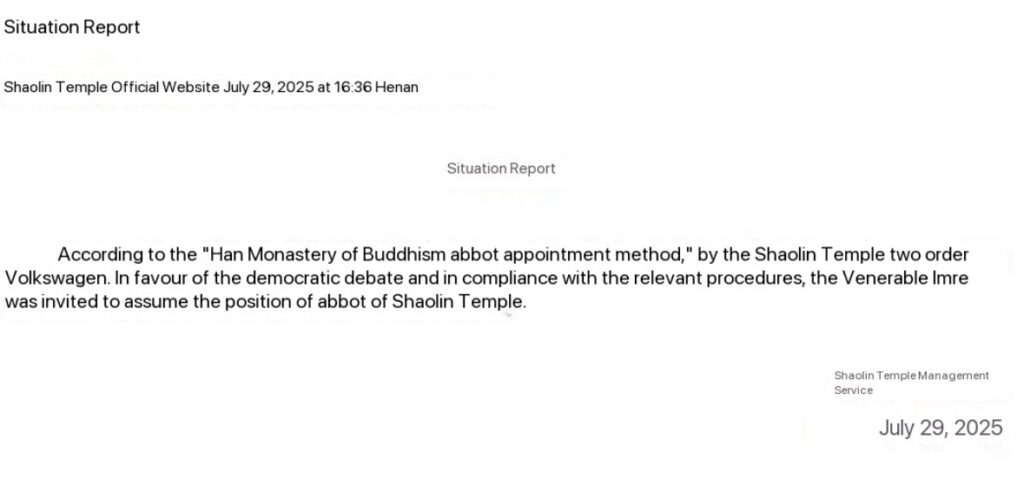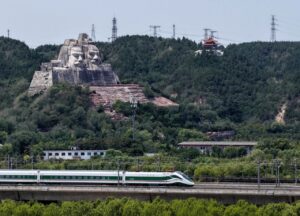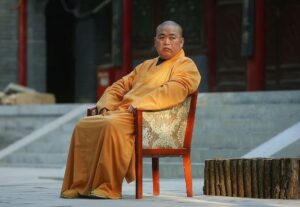
On July 29, 2025, the Shaolin Temple, a 1,500-year-old beacon of Chan Buddhism and the cradle of Shaolin Kung Fu, announced the appointment of Master Shi Yinle as its new abbot. This significant transition follows the controversial removal of the temple’s long-standing abbot, Shi Yongxin, amid allegations of financial misconduct and violations of Buddhist precepts. Shi Yinle’s appointment, rooted in a democratic evaluation process as per the “Regulations for the Appointment of Abbots in Han Chinese Buddhist Temples,” marks a pivotal moment for the Shaolin Temple as it seeks to restore its spiritual integrity while navigating the complexities of modern cultural and commercial pressures.
A Legacy Under Scrutiny
The Shaolin Temple, nestled at the foot of Wuru Peak in Henan’s Songshan mountain range, is more than a monastery—it is a global symbol of Zen Buddhism and martial arts heritage. Established in 495 AD, the temple has weathered dynasties, wars, and cultural shifts, earning its place as a UNESCO World Heritage Site. Its influence extends beyond religion, inspiring pop culture phenomena from Jet Li’s 1982 film Shaolin Temple to the Wu-Tang Clan’s music and the Mortal Kombat video game franchise.
For over two decades, Shi Yongxin, dubbed the “CEO Monk,” led the temple with an entrepreneurial vision that transformed it into a global brand. Under his leadership, Shaolin expanded its reach through international martial arts schools, cultural exchange centers in cities like Berlin and Los Angeles, and commercial ventures in publishing, tourism, and even real estate. However, his commercialization efforts drew criticism for diluting the temple’s spiritual core, and allegations of embezzlement, improper relationships, and fathering illegitimate children culminated in his removal in July 2025. The Buddhist Association of China revoked his ordination certificate, citing behavior that “seriously damaged the reputation of the Buddhist community.”
Shi Yinle: A Beacon of Balance
Enter Shi Yinle, previously the abbot of the White Horse Temple in Luoyang, another historic Buddhist site revered as the “cradle of Chinese Buddhism.” Shi Yinle brings a reputation for managerial acumen and spiritual leadership, honed during his tenure at White Horse Temple. There, he streamlined operations, oversaw the construction of significant Buddha halls, and enhanced the temple’s cultural influence while preserving its sanctity. His track record suggests a leader capable of balancing tradition with modernization—a critical skill for steering Shaolin through its current challenges.
Shi Yinle’s appointment was announced via the Shaolin Temple’s official WeChat account, emphasizing adherence to formal procedures and democratic evaluation. This transparency signals an intent to rebuild trust following the controversies surrounding his predecessor. As the new abbot, Shi Yinle faces the daunting task of leading a globally recognized institution while addressing the delicate interplay of spirituality, cultural heritage, and economic sustainability.
The Challenges Ahead
Shaolin Temple operates in a unique space, blending religious sanctity with global tourism and cultural influence. With millions of visitors annually and an entry fee of 80 RMB (approximately $11), the temple is a significant economic driver for Henan province. Yet, its commercial success has often been a double-edged sword. Shi Yongxin’s ventures, such as the proposed $297 million Shaolin-themed complex in Australia, sparked debates about the commodification of sacred traditions. Critics argued that such projects strayed too far from the temple’s Chan Buddhist roots, prioritizing profit over spiritual purity.
Shi Yinle must navigate these tensions. Can he maintain Shaolin’s global appeal while restoring its spiritual authenticity? His experience at White Horse Temple, where he fostered development without compromising sanctity, offers hope. However, Shaolin’s scale and international profile present a more complex challenge. The temple’s martial arts legacy, in particular, requires careful stewardship. Shaolin Kung Fu, a discipline rooted in Zen principles, attracts thousands of disciples worldwide, and its performances are a major draw for tourists. Shi Yinle will need to ensure that these cultural expressions remain true to their spiritual origins while meeting modern expectations.
Moreover, Shi Yinle inherits a temple under public scrutiny. The allegations against Shi Yongxin, including embezzlement and moral misconduct, have fueled widespread discussion on platforms like Weibo, where the story trended heavily. Public sentiment, as reflected in posts on X, underscores the hope that Shi Yinle’s leadership will usher in a new era of integrity and revitalization. Yet, the pressure to avoid the pitfalls of over-commercialization while sustaining the temple’s operations—given limited government funding—remains immense.
A Path Forward
Shi Yinle’s appointment offers a chance to redefine Shaolin’s trajectory. His leadership could focus on several key areas:
- Restoring Spiritual Credibility: By emphasizing Chan Buddhist practices, such as meditation retreats and doctrinal teachings, Shi Yinle can recenter the temple’s mission on spiritual growth. This could counterbalance the perception of Shaolin as a commercial enterprise and rebuild trust within the Buddhist community.
- Preserving Cultural Heritage: Shaolin’s martial arts tradition is inseparable from its identity. Shi Yinle could strengthen programs that promote Shaolin Kung Fu as a disciplined practice rooted in Zen philosophy, rather than a mere performance art. Expanding educational initiatives, such as the Shaolin Cultural Research Institute, could further this goal.
- Sustainable Development: While commercial activities are necessary for the temple’s survival, Shi Yinle could adopt a more restrained approach, prioritizing projects that align with Shaolin’s heritage. For instance, cultural exchange programs and international collaborations could enhance global outreach without sacrificing authenticity.
- Transparency and Governance: The controversies surrounding Shi Yongxin highlight the need for robust oversight. Shi Yinle’s adherence to democratic procedures in his appointment is a promising start, but ongoing transparency in financial and administrative matters will be crucial to maintaining public and institutional trust.
A Global Symbol at a Crossroads
The Shaolin Temple stands at a crossroads, embodying the tension between tradition and modernity, spirituality and commerce. Shi Yinle’s leadership will be scrutinized not only by the Buddhist community but also by the millions of tourists, martial arts enthusiasts, and cultural observers worldwide who see Shaolin as a living testament to China’s rich heritage. His ability to translate the success of White Horse Temple to Shaolin’s unique context will determine whether he can forge a “new path” that honors the temple’s 1,500-year legacy while ensuring its relevance in the 21st century.
As Shaolin embarks on this new chapter, the global spotlight remains fixed on its storied grounds. Shi Yinle’s appointment is not just a change in leadership but an opportunity to reaffirm the temple’s role as a sanctuary of Zen Buddhism and martial arts excellence. The world watches, hopeful that Shaolin will emerge stronger, its spiritual heart beating as fiercely as its kung fu legacy.




